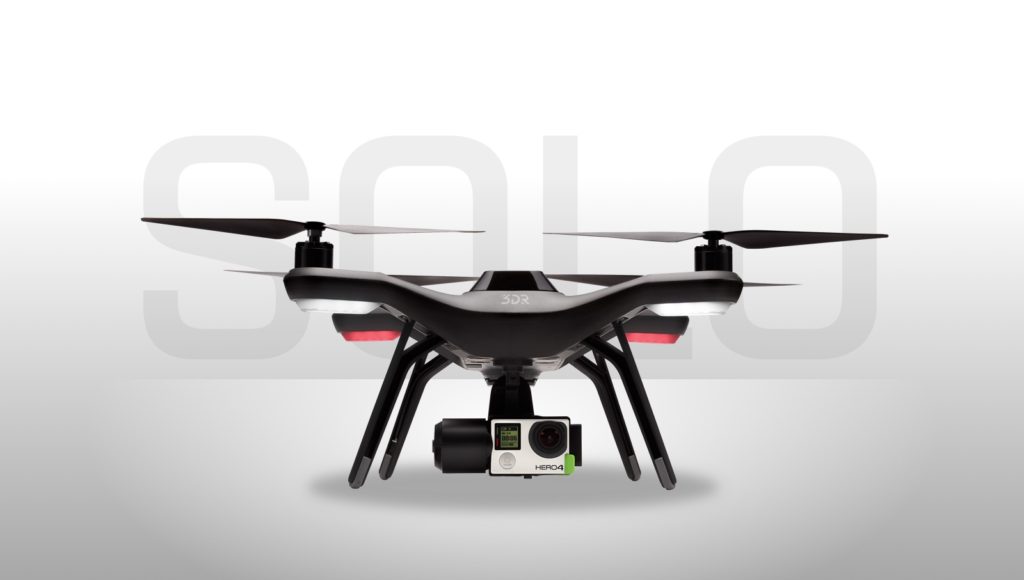Drone services are where the smart money now lies. The drone industry is facing major changes as the consumer demand has weakened and prices have dropped therefore forcing startups to place greater focus on applications for specialized businesses.
Early drone startup 3D Robotics raised $125 million from investors has watched their consumer business all but crash. A new commercial strategy was unveiled this week as they announced a drone designed for construction companies that is camera-equipped with imaging software.
GoPro announced that they were recalling around 25,000 drones for refunds after having been on the market for only a couple of weeks due to sudden power outages that some of the units experienced.
Last year, Europe’s Zabo that designed mini drones for their consumers, was shut down.
Although many a drone maker over-estimated the demand on behalf of hobbyists, under newly relaxed regulations in the U.S., they now see many opportunities to sell to businesses. More than just a flying robot, entrepreneurs and investors see that drones as prospects in services and software which can make imaging from the air quite useful for industries such as agriculture and construction. Insurance and entertainment are industries that are especially strong.

Companies such as the drone startup, Zipline and Amazon are also developing drones aggressively for delivery.
China-based DJI has stung most startups competing to sell consumer drones which are most often used for photography and racing. This company has been able to dominate based on pricing alone. The popular Phantom 3 drone was discounted by DJI. For example, the list price previously was $1,000 at the start of the year. Now it’s about $400.
Drone services: the up-and-coming market for drones
After endless factories and warehouses were shuttered and scores of employees laid off, 3D Robotics based out of Berkeley has all but demolished their consumer business. This is regardless of the fact that they have a backlog of drones just sitting on store shelves of places like Best Buy. They are now selling for only one third of their starting price.
This chill is widely being felt.

According to firm CB Insights data research, drone companies venture capital financing dropped 50% in the third quarter, from $134 million from last year to $55 million this year. The funding slump which is widespread across the technological sector is what this reflects, it also elevated the caution towards drone companies.
A partner at Scale Venture Partners, Rory O’Driscoll said that any new company attempting to compete against consumer drones of DJI would have a tough time.
He goes on to say that consumers purchase drones, they are a disposable item. After playing with it, they are simply done.
With a workforce of 6,000, many Silicon Valley startups are eclipsed by DJI. More than a year ago DJI began pursuing software development and began making commercial drones.
DJI spokesman for North America, Adam Lisberg said,
“Taking something out of a box, pressing a button and watching it fly was good enough four years ago. Drone services are now where the smart money lies.”
Hope is Raised With New Rules
The excitement in the industry related to business applications stems from the new rules which took effect in August. The FAA offered a pathway for commercial drone use, although there still may be some restrictions. Licensing was simplified with the new rules making it possible for a smaller company to become certified in operating commercial drones.
The plan at 3D Robotics is to set up the Solo with innovative technology that can capture 3D images which show the size, shape and volume of items found at the construction site.

The company is joining startups like Airware and DroneDeploy which focus on software that makes sense of images, whether it is the damage to a rooftop due to a hurricane or the angle of pipe that is laid at a construction site that is new. The drone in itself is considered almost an afterthought.
Report: Drones to replace services and labor
A report in May from PricewaterhouseCoopers estimated that around $127 billion worth of business services and labor are likely be replaced by drones by 2020. The same month, a separate report released from Grand View Research projected that the consumer drones annual global sales by 2024 would be at just $4.19 billion.
This does not mean that it will be simple to launch a commercial drone business. Last month, Trimble which manufactures global positioning devices, spun off their line of Gatewing drones.
According to a report this week by Bloomberg, managers have been pushed out and funding for commercial drone projects have been cut by Alphabet.
The plan that 3D Robotics has of upgrading a hobby-grade drone for commercial purposes is an idea that some industry experts are skeptical about.
Industry analyst Patrick Egan says,
It may be a bit too late for 3DR, they are not the only company that will run into issues.
